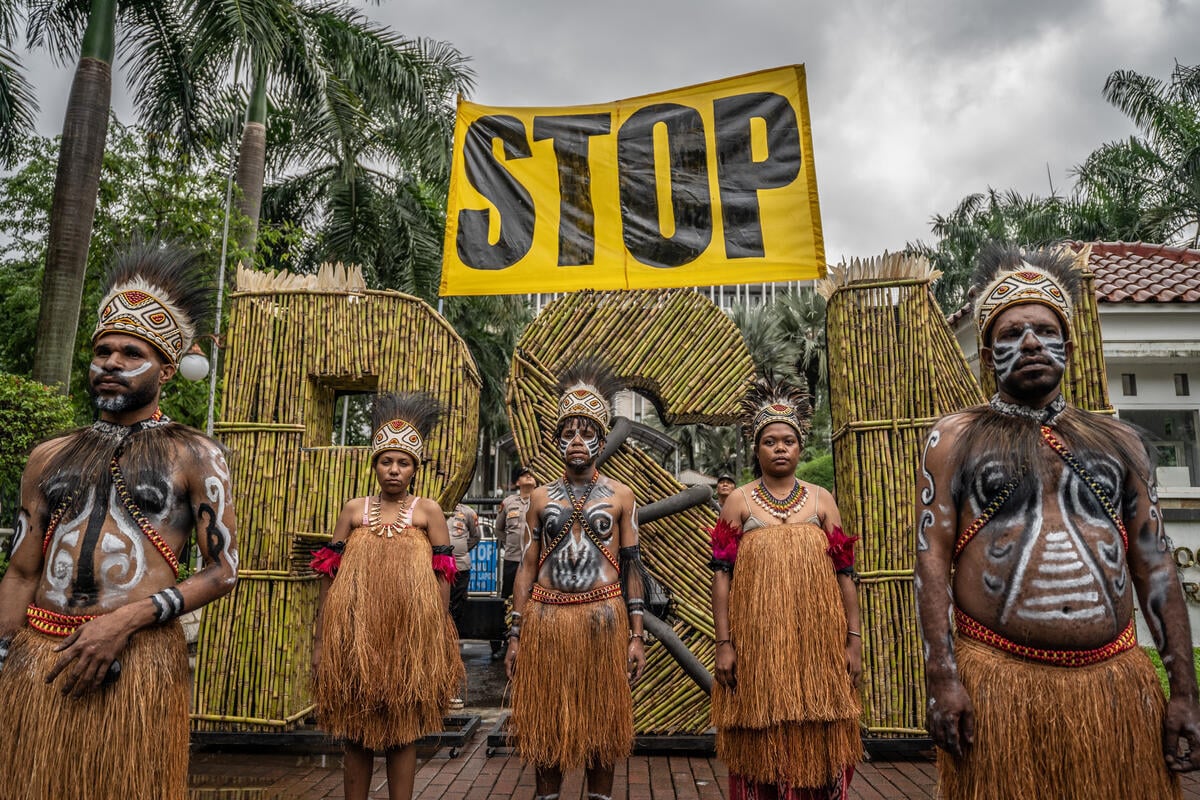Geosciences, Vol. 15, Pages 161: Comparative Analysis of Fracturing Definitions in Boreholes and Underground Workings
Geosciences doi: 10.3390/geosciences15050161
Authors:
Vassilyi Portnov
Nazym Askarova
Vladislav Medvedev
Serhii Vyzhva
Vitalii Puchkov
Gulnara Dosetova
Tatyana Kryazheva
Galiya Rakhimova
This article presents a comparative analysis of rock mass fracturing at the Karasu gold deposit, located approximately 400 km northwest of Karaganda, Kazakhstan. The analysis is based on core drilling data and measurements from underground workings, including an old mine that was explored and investigated to gather missing information. The spatial characteristics of fractures and their relationship with tectonic faults are identified. The feasibility of using the Rock Quality Designation (RQD) index for classifying fracture systems is assessed. Engineering and geological studies include the identification of major fracture systems and their characteristics using Leapfrog and Rocscience software, chosen for their ease of use and extensive functionality. The stability parameters of open-pit slopes are calculated, considering the physical and mechanical properties of rocks, the degree of fracturing, and the influence of groundwater. Key engineering and geological elements of the rock mass are identified, emphasizing the necessity of integrating fracture data from various sources to improve the accuracy of mine design and ensure the safe operation of open pits. These studies are part of the exploration phase to assess the geological situation and the physico-mechanical properties of these rocks for further quarry design.
Source link
Vassilyi Portnov www.mdpi.com


